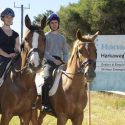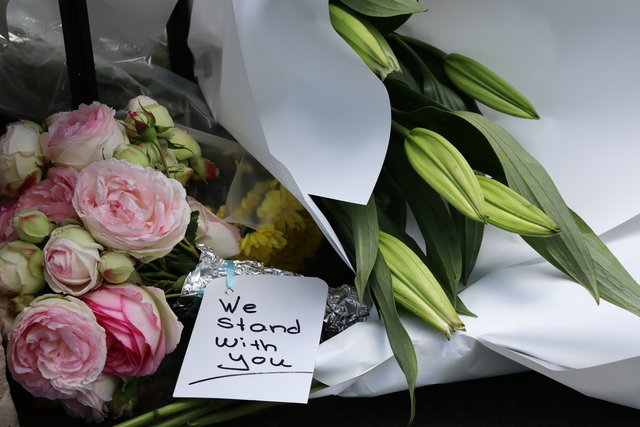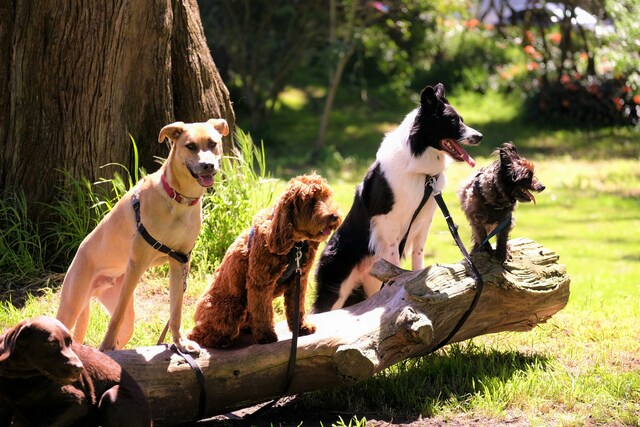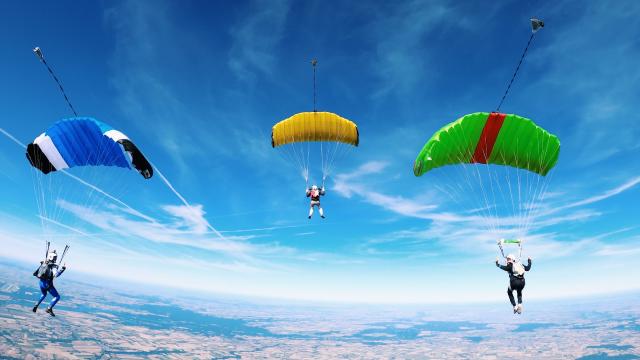By Cam Lucadou-Wells
Casey Council’s quest for an expanded equestrian trail network will continue to make scarce use of the safest option – off-road, open-space trails, a council report has stated.
About three quarters of Casey’s 79 kilometres of horse-riding trails are on a road or next to a road.
Councillor Amanda Stapledon, in introducing a council report on the equestrian trail network on 7 March, said the potential mix of trucks and motorbikes with horses on the majority of trails was “not ideal”.
She said ideally more trails and linkages were required on bushland.
Of the 13 kilometres of new and upgraded trails built by Casey since 2011, more than six kilometres were on roadside trails and four kilometres were on roads.
Just 2.5 kilometres – or about 20 per cent – were trails in open space.
According to the report, the council plans 18 further equestrian projects spanning 29 kilometres – of which 4.9 kilometres will be in open space and 7.6 kilometres will be on roads.
“The preference within the equestrian strategy is for trails to be located off-road in open space areas to provide the safest and most enjoyable riding experience,” the report stated.
“However to create a connected trail network, road side trails and on road trails are required to link to these open space opportunities.”
Recently, former City of Berwick mayor Syd Pargeter re-ignited his push for a horse-riding trail through bushland at a former basalt quarry in Narre Warren North.
The potential trail linking Noack and King roads through the ex-Hanson Quarries site was welcomed by local riders.
Jess Gough, of the nearby Balmoral Equestrian Centre, said riding was growing in popularity but local horses were startled by cars and trucks that “fly down here”.
“We don’t have the availability of those type of off-road trails and there’s a big need for it,” Ms Gough said.
“We have to ride on the road to get to the next trails. For young horses that haven’t been exposed to cars, it’s not worth the risk of taking them out on the road.”
Gayle Joyce said the link had been desired for 30 years, with safe off-road horse riding tracks becoming increasingly rare.
“The equestrian community’s access to riding areas is diminishing.
“As everything develops around us, we have to retain these areas.”
The council report stated that on-road trails were most commonly on rural dirt roads with “minimal traffic flow”, with signage to inform road and trail users of the trails.
“In order to achieve a safe and effective network, equestrian trails are required on roadside, on road and within open space.”







